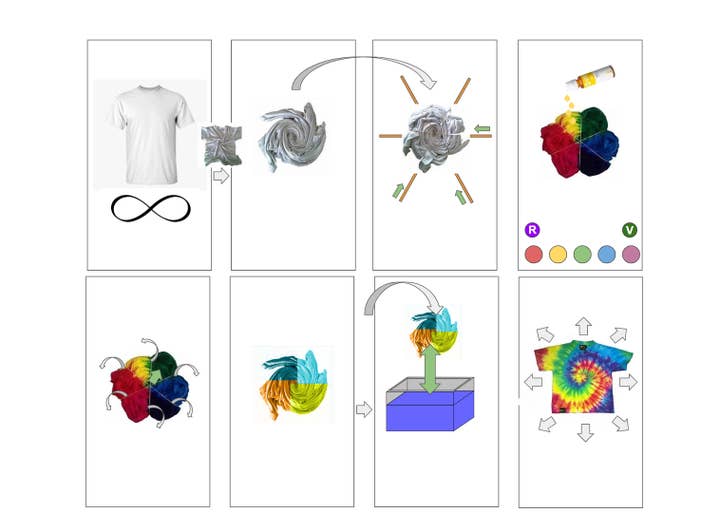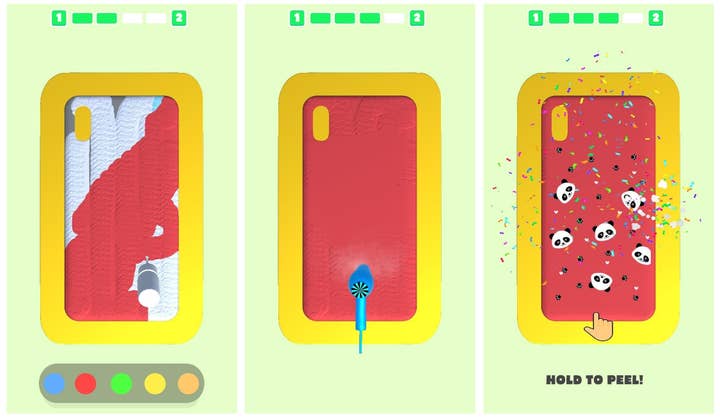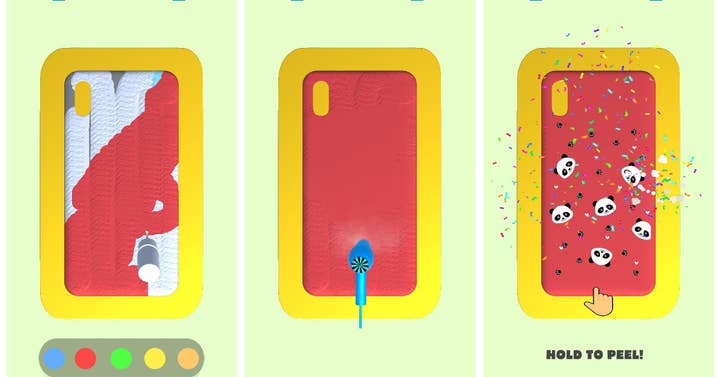Seven steps for a winning hypercasual prototype
Crazy Labs' Rotem Eldor details the right steps for a prototype that can pass the marketability test and later become a successful hypercasual game
Whether you're a veteran or an aspiring hypercasual game developer, everyone needs to start at the beginning and create a prototype for their game idea.
The text before you is a detailed summary of the hypercasual workshop we created for Crazy Labs' internal teams, external studios, and partners. The goal of this workshop is to help you channel your creativity and form a prototype that can pass the marketability test and later become a successful hypercasual game.
Step 1 - Game sub-genre
When it comes to hypercasual, there are several ways to start working on your prototype. Some developers start with a specific theme in mind, but it's also possible to start by choosing the hypercasual sub-genre for the game you'd like to work on, and work your way from there. It can be a runner, narrative, puzzle, simulation or any other sub-genre you like.
Choosing a sub-genre first helps you frame your game ideas and harness your creativity in a very productive way
Even if you have a game idea in mind, try to look at this choice as your first task. Choosing a sub-genre first helps you frame your game ideas and harness your creativity in a very productive way. It also focuses you on the criteria for hypercasual hits (more on that below). But most of all, choosing a sub-genre for your game first generates a clearer stream of game ideas.
Step 2 - Game ideas
Now is the time to think of game ideas that can fit the sub-genre you decided upon. Every game idea will essentially offer a certain theme for the game, sometimes even several themes to choose from. Your game ideas can come from anywhere: something you liked as a kid, a game you were once inspired by, something viral you stumbled upon, a trend going strong, the latest show you binged on. Our everyday lives are filled with options, and you'll find that after a while you try to turn almost everything around you to a game. Yes, even the car wash downtown, or your TV clicker.
A good example is CrazyLabs' game Tie Dye: tie dye was a viral trend, but it soon turned into an offline frenzy, with tie dye clothes being sold in the stores and worn by celebrities. You can see the examples of the initial work on Tie Dye once the sub-genre and game idea were in place below.


Step 3 - Shortlist
Once you have a list of game ideas and the themes derived from them, you'll need to create your shortlist. This is where the criteria for hypercasual success play a significant part. Your game idea must have mass appeal in order to reach a bigger audience. This means that you'll have to remove ideas that are too niche or controversial from your list. Try to focus on game themes that can attract a high volume of players.
Next, dive deeper to analyze each and every game idea and ask yourself the following questions:
- What's interesting about this game idea?
- How should this game theme look?
- What's the connection between the sub-genre and the game theme?
The answers to these questions will narrow down your options even further, and you'll be left with a shortlist of game ideas you can start working on. Side note: you should always have a backlog of game ideas. In hypercasual game development, things move fast and you always need to have your next idea ready to go.
That way you can immediately start working on it while you're waiting for your test results or feedback from your publishing partner. Once you've decided on which ideas you're going to work, you can move on to the next step, which is a must-have if you want to ensure your game will make it to the top.
Step 4 - The game essence
This step is extremely important and needs your undivided attention. There are three questions you need to answer in order to elevate your game's potential. These three questions are crucial, since they focus your attention on the things that can make or break your game:
- 1. What is the WIN condition?
The WIN condition is critical: it will make our players feel accomplished and want to continue playing.
- 2. What is the FAIL condition?
The FAIL condition is super important too: though it's possible to develop a game that doesn't have a fail condition at all, if you have one, you need to analyze what it is and how the players will feel about it. Sometimes games don't have a fail condition, and you can just go on and on until you clear the level, but fails do wonders for user acquisition and video ads that show fails are very successful -- keep that in mind.
- 3. How can players get better at this game?
Last but not least -- you have to define the ways in which players can get better at the game. Your players need a sense of progress, or they won't come back. Games without progression fail to retain the players overtime, and thus suffer a steep decline. You can avoid that abyss by simply planning this while you're in the prototype phase -- think how to produce more content as the game develops, and how that can challenge your players.
When Phone Case DIY was first created, the team had that in mind from the get-go. The chosen game theme had endless possibilities: stickers, jewelry, different shapes for the phone case and what not.

Step 5 - Core mechanics
Now that you have the essence of the game, you need to define the core mechanics. This will have a tremendous impact on the way you design your entire game and your initial video ads. It will affect multiple game aspects such as the UI/UX, the camera angle and your decision in regards to the game controls.
It will affect the player's journey -- yes, even at that early stage. That's because core mechanics are also derived from the general "feel" of the game, and create the initial differentiation between your game idea and copycats. This is relevant in terms of the feedback loop you need to create in order to boost your player's motivation and draw them back to the game.
Step 6 - Game controls
Be it tap & hold, swipe, tap at the right time, joystick or any other game controls -- this is a decision that you need to make before moving to the next, final step.
It's true that some hypercasual sub-genres have fixed and widely-known controls. That doesn't mean you have to do the same (differentiate, remember?), but you have to at least consider it before making any changes, since you want to boost your player's motivation. And what better way to do it than to give them game controls they are already familiar with? People do not respond well to changes, and sometimes it's better to stay with the controls everyone is familiar with in order to retain your audience.
Step 7 - Storyboard
If you followed all the steps meticulously, you should now have everything you need in order to create a video ad for your first marketability test of the prototype. This is where the last step comes in: you need to create a storyboard for your test, the same way any advertising agency does. The storyboard helps you plan the video in the best possible way. Your storyboard will include the following:
- The three seconds rule -- your potential players need to understand how to play in the first three seconds of the video. This means you need to plan carefully what to show first and how to continue after that, puting the remaining time of the video ad to good use
- The WIN moment
- The FAIL moment
- The WOW moment -- not to be confused with the WIN moment. The WOW moment needs to make your players want to play again, and help them realize what type of satisfaction they can get from my game. The WOW moment can sometimes be a WIN moment, but it can also come before or after. For example: when you see the finished result in Tie Dye, which is right before the WIN moment of finishing up the tie dye process
Once your storyboard is complete, you can start creating the video ads per channel in different lengths.
Rotem Eldor is head of games product at Crazy Labs. He is in charge of promising games with verified potential. The Games Product team works closely with indie game developers and studios to create more content, A/B test different features, develop new levels and deliver fast.
